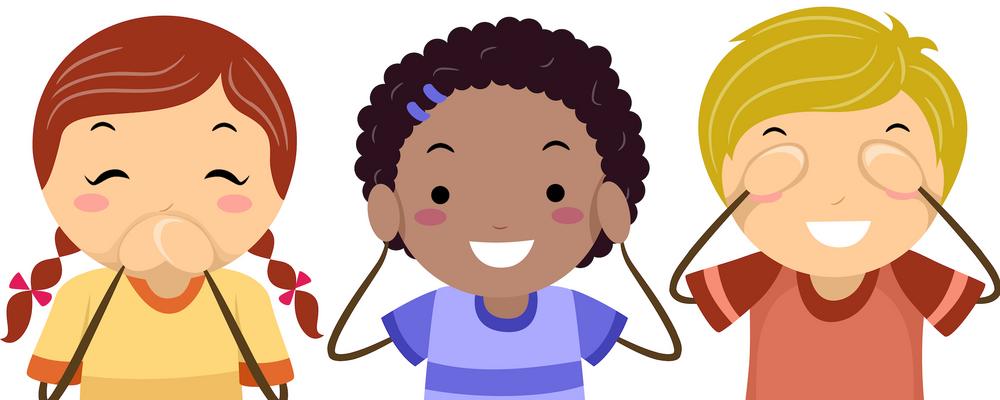
Hypersensitivity — fashion but not (yet) science
Christopher Gillberg's latest blog entry
[Posted on 27 March, 2018 by Christopher Gillberg]
Whenever a child – or an adult for that matter – has a problem or symptom, or is suffering, appears ill or impaired in their functioning, the chase for the right label is on. This is as it should be as long as the labels that we arrive at are “the right ones”. But how do we know that they are?
The labels that we use, be they diagnostic terms from the ICD or DSM or just words used in everyday parlance with no or little scientific underpinning, are meant to provide a link to an explanation and, hopefully, a helpful intervention. And we want them to be comprehensive and to cover the whole problem or set of problems. We want autism to be autism, ADHD to be ADHD, cancer to be cancer, and hypertension to be hypertension.
Unfortunately, nature is not like that, and the labels that we use to describe people´s (clinical) problems are never a full representation of “the truth”. Autism (as the combination of a special type of social interaction deficit with a special set of behavioural/perceptual characteristics) can be captured under the DSM-5 diagnostic criteria, but the whole panorama of problems that the individual faces are not fully “explained” by DSM-5 autism. There are other problems, problems that may meet criteria for ADHD, intellectual disability, language disorder, DCD etc. So, should we hand out four, six, nine or twenty diagnostic labels to one individual in order to properly delineate all the problems under the diagnostic net? Tricky question.
Many people seem to believe that this diagnostic or labelling marshland is typical only of psychiatry or of child “neuropsychiatry”. It is not: it exists in all of medicine (and in real life outside of medicine).
Every now and then new explanatory “catch all” labels appear. One such recent label is “the highly sensitive child” (and “the highly sensitive adult”). The high sensitivity explanation for all sorts of “psychiatric” and “developmental” problems is spreading like wildfire and self-help books are sold and therapies relating to high sensitivity flourish. Parents contact us asking what we think, some of whom are adamant that they have finally found the “right” explanation for all of their child´s problems.
The scientific evidence for “high sensitivity” being a major background factor in mental, behavioural and cognitive problems is minimal, at most. One group of clinical researchers has published a handful of papers over the last twenty years – that is all.
High sensitivity is worthy of more scientific study within an ESSENCE-type framework (i.e. one that studies all the problems that each individual child or adult may suffer, not just those captured under one label), but at this point in time, it cannot be taken more seriously than most other “panacea” explanations. There are definitely high sensitive children and high sensitive adults within the ESSENCE group, but there are at least as many who are “low sensitive” and even “middle of the road sensitive”, and what it all means clinically is anybody’s guess.
[This is a blog. The purpose of the blog is to provide information and raise awareness concerning important issues. All views and opinions expressed are those of the writer and not necessarily shared by the GNC.]